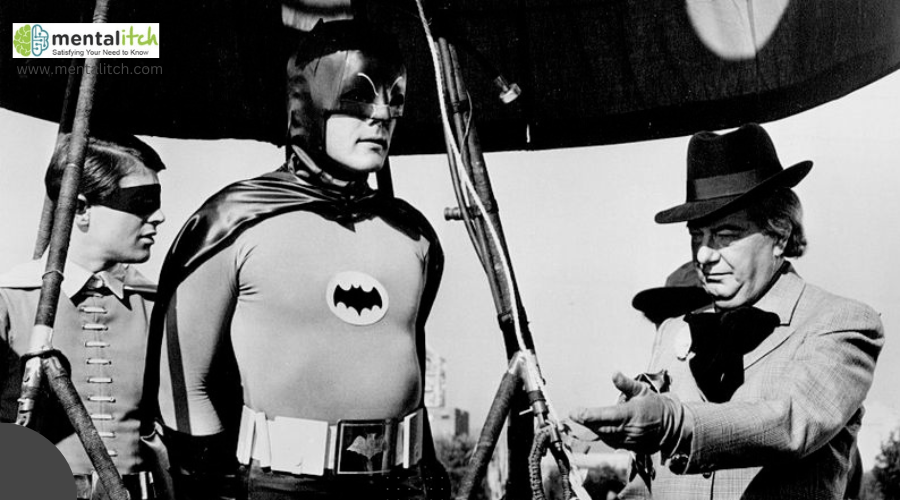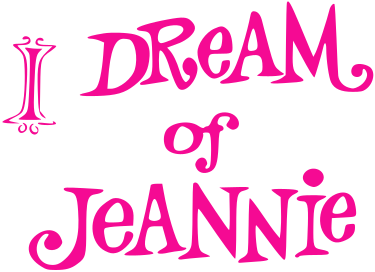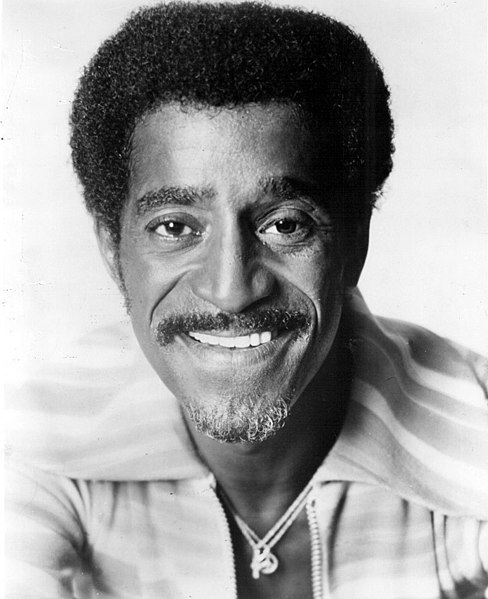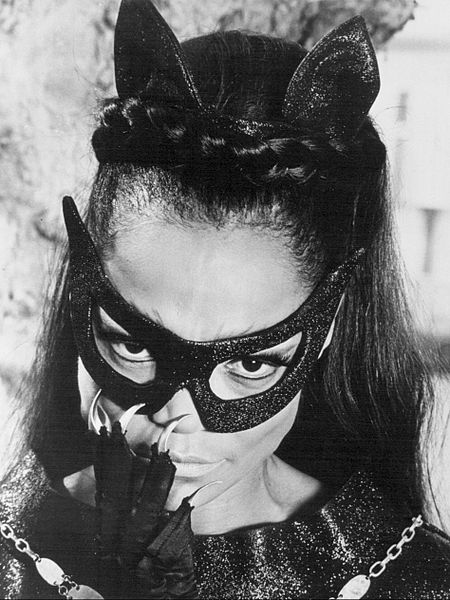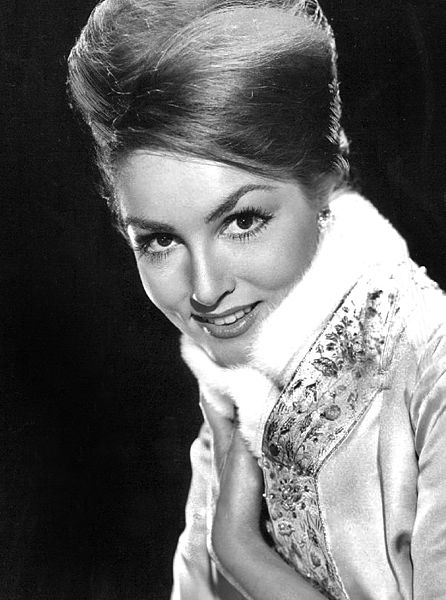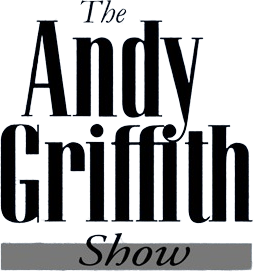The 1960s was a golden era for television, boasting numerous iconic shows that are still remembered fondly today. These TV programs often featured special guest stars who added flair and excitement to the episodes. From Vincent Price’s unforgettable portrayal of Egg-Head in the “Batman” series to appearances by musicians like KISS on shows such as “Kids Are People Too,” guest stars brought a unique touch that made these episodes stand out.
These guest appearances weren’t just from the world of acting. Musicians, comedians, and other celebrities often made unexpected appearances, creating memorable moments that fans still talk about. For instance, who could forget Oingo Boingo performing on “The Gong Show” or the humorous cameos during Batman and Robin’s iconic “Batclimb” scenes?
Popular TV shows of the 1960s relied on these celebrity appearances to keep viewers entertained and guessing who might pop up next. Whether it was Jamie Lee Curtis appearing on game shows or other Hollywood stars making special guest appearances, these moments added an extra layer of excitement and nostalgia to the already beloved programming.
The Rise of Television in the 1960s
Television in the 1960s emerged as a powerful medium that shaped culture and society. It introduced iconic shows, highlighted important social issues, and became a key source of entertainment and information.
Cultural Impact of TV During the ’60s
In the 1960s, television became central to American culture. Shows like “The Ed Sullivan Show” brought rock ‘n’ roll into living rooms and showcased performances by The Beatles, which captivated millions.
Television also brought major news events, such as the moon landing, directly into homes. This era marked the first time a significant portion of the population experienced global events simultaneously.
Additionally, the medium began to address social issues. Programs tackled themes like racism, sexism, and the Vietnam War, reflecting and influencing public opinions.
Key TV Series of the Era
Several TV series from the 1960s became timeless classics. “Star Trek: The Original Series” explored science fiction and social issues, gaining a dedicated following.
“The Twilight Zone“ was renowned for its thought-provoking and often eerie storytelling.
Sitcoms like “I Dream of Jeannie” and “The Andy Griffith Show” offered lighter entertainment. Westerns such as “Bonanza” and variety shows like “The Carol Burnett Show” filled various entertainment niches.
These shows not only entertained but often broke new ground in how stories could be told on television.
TV as a Platform for Social Commentary
The 1960s saw TV becoming a platform for social commentary. Newton Minow’s famous “vast wasteland” speech criticized TV content quality, sparking debates on the medium’s potential for more substantive content.
“Star Trek” tackled issues like racism and war through allegory.
News programs brought the Civil Rights Movement into view, showing marches and speeches by Martin Luther King Jr.
Dramas began incorporating themes from the Vietnam War and changes in societal norms. This shift marked the start of TV’s role in reflecting and discussing the era’s pressing social issues.
Iconic Guest Stars of the 1960s
The 1960s TV scene was graced by many iconic guest stars who added vibrancy and interest to various shows. Their appearances often bridged different entertainment spheres and left lasting impressions on audiences.
Sammy Davis Jr.: Cross-Over Success
Sammy Davis Jr. was a versatile entertainer known for his singing, dancing, and acting skills. He made memorable guest appearances on several 1960s TV shows, drawing audiences with his dynamic presence. One notable appearance was on the hit detective series “The Rifleman,” where he showcased his acting chops.
Davis also made an appearance on “I Dream of Jeannie,” playing himself and delighting fans with his charm and wit. His presence on various shows brought a unique blend of talent, making him a sought-after guest star during the decade. His cross-over success from music to television highlighted his adaptability and widespread appeal.
Julie Newmar and Batman’s Rogues Gallery
Julie Newmar left an indelible mark on the 1960s as Catwoman in the “Batman” TV series. Her portrayal of the feline villain was both seductive and cunning, capturing viewers’ attention. Newmar’s Catwoman was part of Batman’s infamous Rogues Gallery, alongside villains like The Joker, The Riddler, and The Penguin.
Her performance stood out, adding a layer of sophistication and allure to the series. Newmar’s Catwoman was unique, blending humor with villainy, and her episodes remain fan favorites. This role cemented her status as an iconic guest star and left a lasting legacy in TV history.
Bruce Lee: From Kato to Icon
Bruce Lee made a significant impact as Kato in the TV series “The Green Hornet.” His martial arts skills and on-screen charisma brought a new level of action to television. Lee’s portrayal of Kato was groundbreaking, showcasing his talent and paving the way for future martial arts stars.
Lee’s role in “The Green Hornet” introduced audiences to his incredible abilities, which later made him a global icon. Despite the show’s short run, Bruce Lee’s time as Kato remains a highlight of 1960s TV. His performance inspired many and opened doors for greater representation of martial artists in media.
Eartha Kitt’s Catwoman: A Seductive Villain
Eartha Kitt took over the role of Catwoman in the “Batman” series after Julie Newmar. Her portrayal brought a distinct flair and sultry charm to the character. Kitt’s Catwoman was memorable for her unique voice and seductive performance, enhancing the show’s dynamic.
Kitt’s episodes were marked by her strong presence and ability to command attention. She made the character her own, adding depth and elegance. Her contribution to the series was significant, making her one of the standout guest stars of the era. Eartha Kitt’s Catwoman remains a classic interpretation of the villainess.
Guest Appearances by Hollywood Legends
The 1960s TV landscape saw numerous guest appearances by Hollywood legends. Lucille Ball of “I Love Lucy“ fame guest-starred on various shows, bringing her comedic genius to new audiences.
Jerry Lewis, known for his slapstick comedy, also appeared on popular TV shows, delighting viewers with his humor. Stars from “Star Trek,” Gunsmoke, and “The Love Boat” made their way into different series, adding star power and drawing fans.
George Maharis and James Brolin were among the notable actors who graced TV screens as guest stars. Their performances, whether in dramatic or comedic roles, left a lasting impact on the television landscape of the 1960s.
Guest Stars on Popular TV Shows
Guest stars in the 1960s brought notable performances to television, enhancing the overall appeal of various shows. Here’s a look at some of the most impactful appearances on popular series from that iconic era.
Batman: A Showcase for Character Actors
“Batman,” the campy 1960s series featuring Adam West as the Caped Crusader, was famous for its colorful villains. The show regularly featured noteworthy guest actors, making it a highlight of 1960s TV.
Cesar Romero captivated audiences as The Joker, with his maniacal laugh and painted-over mustache. Burgess Meredith as The Penguin became iconic with his quacking laugh and umbrella arsenal.
Other memorable villains include Frank Gorshin as The Riddler and Julie Newmar as Catwoman, who brought a mix of charm and menace. These performances made “Batman” a standout in showcasing talented character actors.
The Andy Griffith Show: Reflecting Americana
“The Andy Griffith Show,” set in the idyllic town of Mayberry, reflected American life and culture. Guest stars often played characters that added depth to the show’s portrayal of small-town life.
One memorable guest star was Barbara Eden, who appeared as a manicurist in need of a fresh start. Alan Hale Jr., known for “Gilligan’s Island,” played a farmer who added humor and heart to the series.
These guests brought a variety of viewpoints and life experiences, enriching the show’s storytelling and making it a beloved piece of Americana.
Bewitched and Get Smart: Sitcoms with a Twist
“Bewitched” and “Get Smart” were two distinct sitcoms that used guest stars to add flair and humor. “Bewitched,” with its magical theme, often had guests playing other witches, warlocks, or curious neighbors.
Paul Lynde was a frequent guest, making audiences laugh with his sharp wit as Uncle Arthur. Alice Ghostley charmed viewers as the bumbling witch Esmeralda, adding a comical twist to the show’s magical shenanigans.
“Get Smart,” a spy spoof, featured stars like Don Rickles, who appeared as Max’s old Army friend. Leonard Nimoy played a government agent, showcasing his range beyond “Star Trek.”
The Groundbreaking Nature of Julia
“Julia” was groundbreaking as one of the first TV shows to portray an African-American woman in a non-stereotypical role. Starring Diahann Carroll, it featured guest stars who tackled serious social issues.
Jack Cassidy played a wealthy father, offering a perspective on class differences. Sammy Davis Jr. made an appearance, enhancing the series’ cultural significance and broad appeal.
By featuring prominent guest stars, “Julia” addressed complex topics like racism and class while remaining accessible and entertaining to a wide audience. This approach made the show a trailblazer in television history.
Stars, Storytelling, and Society
The 1960s saw a transformation of television with notable guest stars who became integral to shaping narratives and reflecting societal changes. These stars spanned a variety of genres and left lasting impressions on audiences.
Leading Men and Women of the Small Screen
In the 1960s, television became a powerful platform for leading men and women. Icons like Mary Tyler Moore and Elizabeth Montgomery brought depth to their roles, merging star power with storytelling. Moore’s portrayal in “The Dick Van Dyke Show” offered a modern take on marriage and work. Montgomery, starring in “Bewitched,” captivated audiences with her role as Samantha, a witch trying to live a normal suburban life.
Genre TV: Westerns to Sci-Fi
Westerns and sci-fi dominated the era, introducing memorable guest stars who enriched these genres. Shows like “Star Trek” featured actors who brought unique dynamics to their episodes. These genres explored important themes, from frontier justice to futuristic ideals, while stars like Leonard Nimoy and William Shatner became household names. The blend of adventure and speculative fiction provided escapism and commentary on contemporary issues.
Variety Shows: A Stage for Stars of All Calibers
Variety shows such as “The Carol Burnett Show” and “The Ed Sullivan Show” were key fixtures in 1960s television. They served as stages for stars to showcase their versatility. Carol Burnett’s comedic brilliance and Dick Clark’s spotlight on musical acts highlighted the range of talent. Shows like these were significant in promoting emerging acts and established stars, serving as a microcosm of the entertainment world.
The Evolution of Villains in TV Series
Villains in 1960s TV series became more complex and engaging. In the “Batman” series, actors like Cesar Romero (Joker), Burgess Meredith (Penguin), Frank Gorshin (Riddler), and Vincent Price (Egg-Head) brought their villains to life. These portrayals added depth and intrigue, making the bad guys just as compelling as the heroes. These performances influenced the character development of future TV villains, making them multi-dimensional and memorable.
